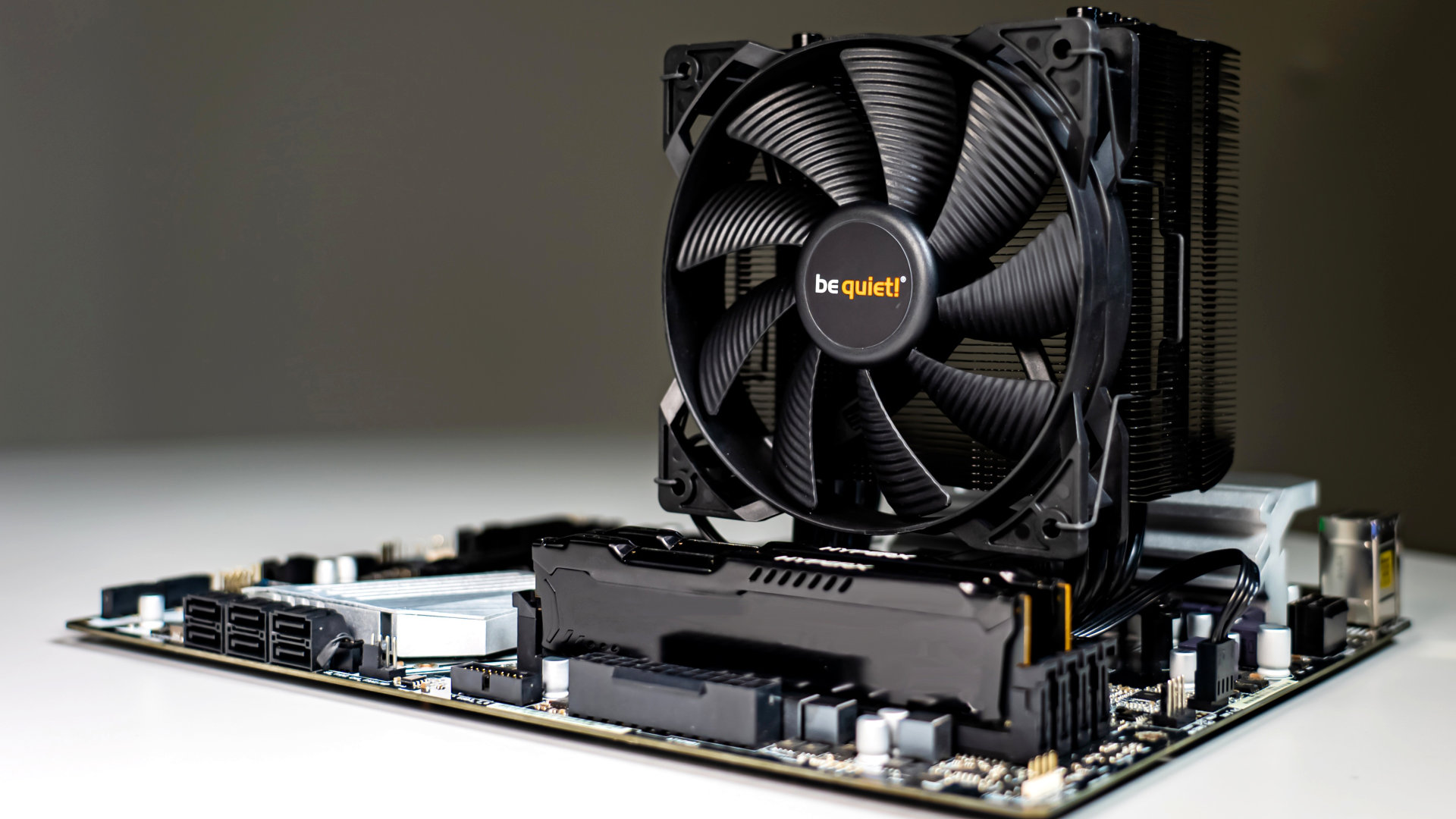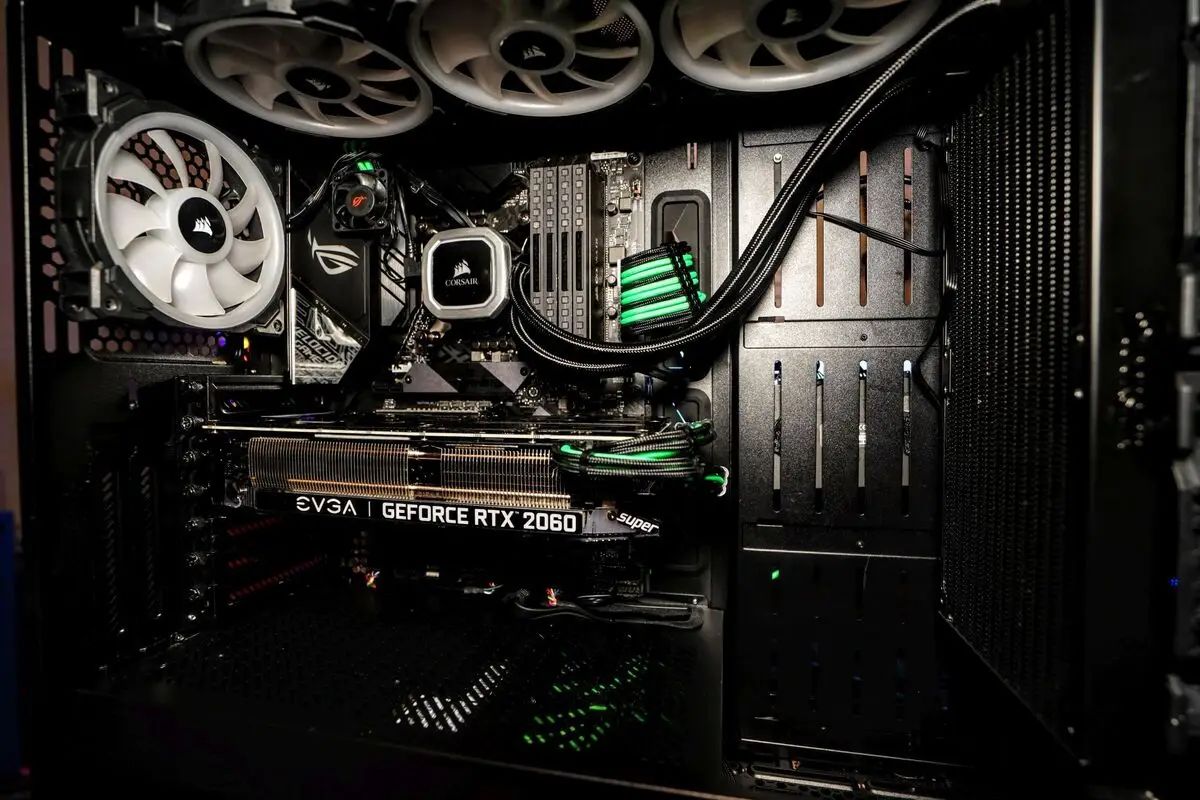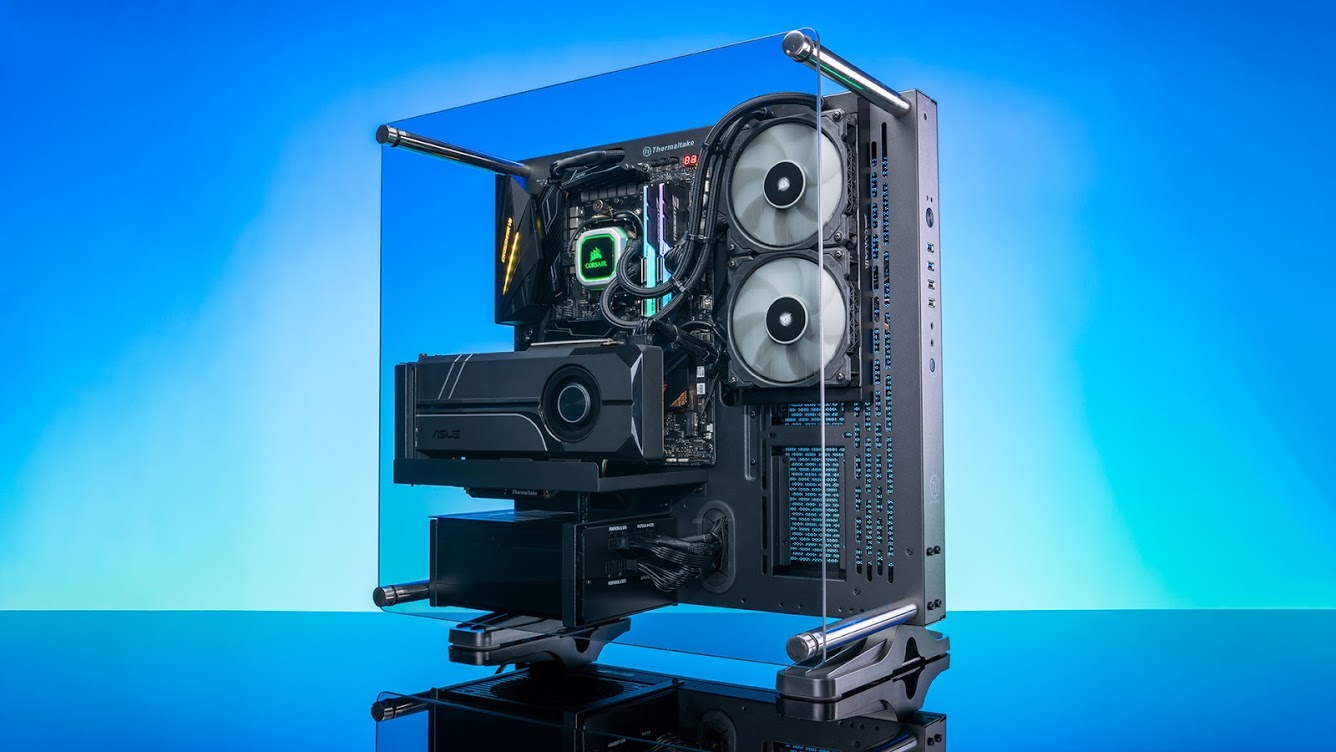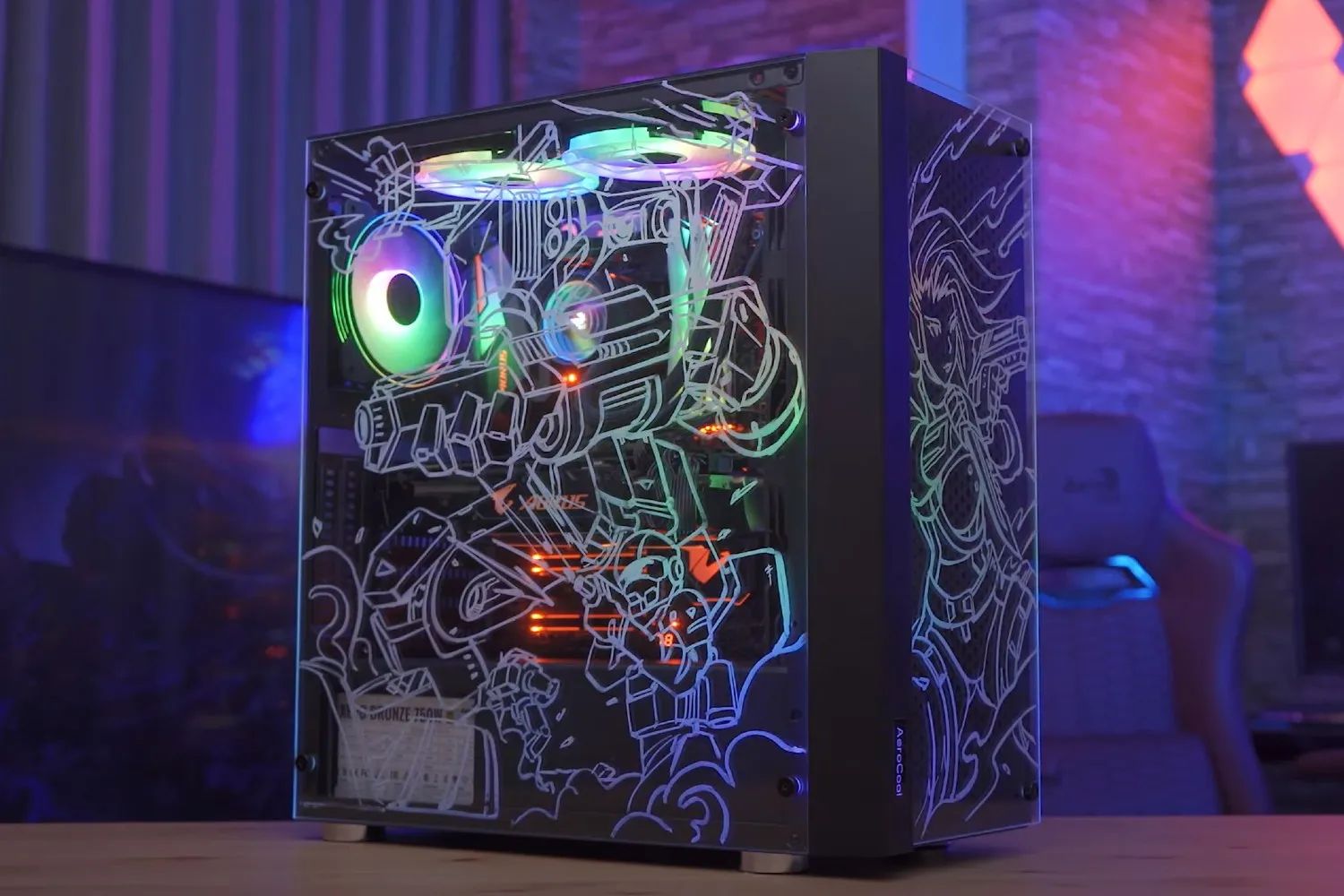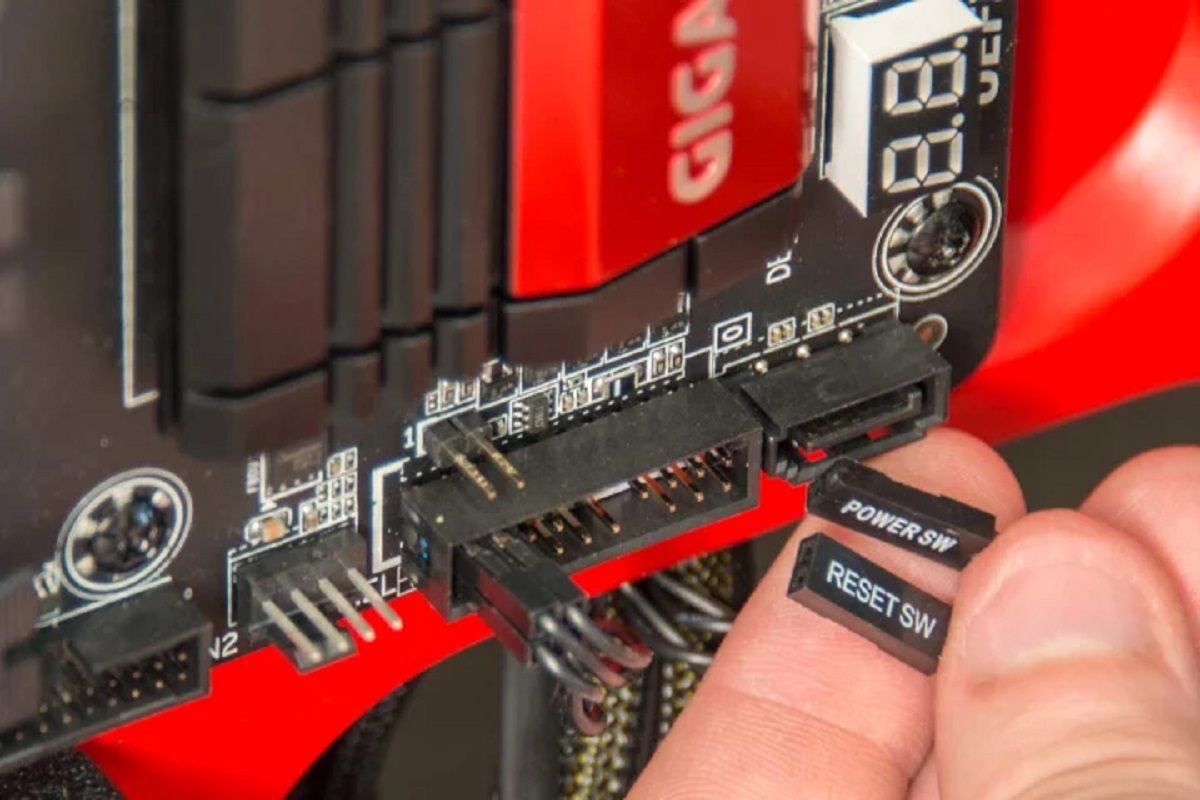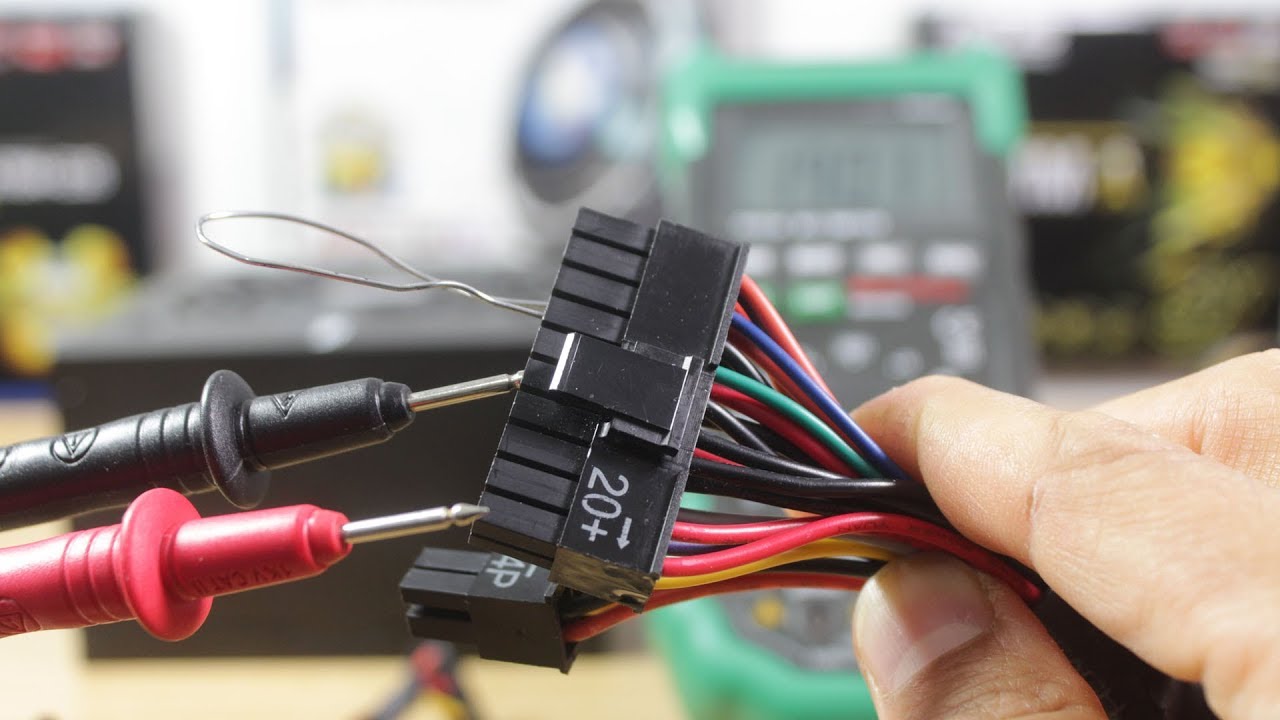Introduction
Welcome to the world of PC cooling! If you’re wondering how to turn up your PC case fan, you’re in the right place. Whether you’re a tech-savvy gamer or a professional who relies on their computer for intensive tasks, keeping your PC cool is crucial for optimal performance. A well-functioning PC case fan helps dissipate heat and prevents your system from overheating, which can lead to decreased performance and potential hardware damage.
In this guide, we’ll walk you through the process of turning up your PC case fan to ensure your computer stays cool under pressure. But before we delve into the steps, let’s understand why you might need to turn up your PC case fan in the first place.
A PC case fan is responsible for extracting hot air from your computer case and pushing cool air in. It works in conjunction with other cooling components such as CPU fans and liquid cooling systems to maintain an optimal operating temperature. However, there are situations when the default fan settings might not be sufficient.
Intensive gaming sessions, resource-heavy software applications, and overclocking are some scenarios that can cause your PC to generate more heat. If you notice frequent system crashes, unusual fan noises, or high temperatures, it might be time to increase the speed of your PC case fan.
Before jumping into turning up your PC case fan, let’s consider a few factors that can impact its performance and the overall cooling efficiency of your system. By keeping these factors in mind, you can make informed decisions to optimize the cooling of your PC.
Why do you need to turn up your PC case fan?
Turning up your PC case fan can provide several benefits and help maintain the overall health and performance of your computer system. Here are a few reasons why you might need to increase the speed of your PC case fan:
- Improved heat dissipation: As your computer runs intensive tasks or runs for extended periods, it generates heat. If the default fan settings are not sufficient, the temperature inside the case can rise, leading to thermal throttling and decreased performance. By turning up the PC case fan, you can enhance heat dissipation and keep your system cool.
- Prevention of component damage: Excessive heat can damage vital components of your PC, such as the CPU, GPU, and motherboard. Overheating can shorten their lifespan and negatively impact their performance. By increasing the fan speed, you can maintain a stable temperature and prevent potential damage that can result in costly repairs.
- Noise reduction: While a PC case fan is essential for cooling, it can sometimes be noisy, especially when running at higher speeds. However, turning up the fan speed can help reduce noise by improving the airflow and allowing the fan to operate more efficiently. This can create a quieter and more comfortable computing environment.
- Optimal performance during resource-intensive tasks: If you frequently engage in resource-intensive activities like gaming, video editing, or 3D rendering, your computer components are bound to generate more heat. By increasing the speed of your PC case fan, you help ensure that your system remains cool, promoting optimal performance and preventing potential performance bottlenecks.
- Enhanced system stability: Overheating can cause your computer to become unstable, leading to crashes and system shutdowns. By turning up your PC case fan and maintaining a steady temperature, you can improve the overall stability of your system and prevent unexpected disruptions during critical tasks or important gaming sessions.
Overall, turning up your PC case fan is an effective way to maintain the optimal temperature of your computer system and safeguard its performance and longevity. Now that we understand why it’s important let’s explore the factors you should consider before adjusting the fan speed.
Factors to consider before turning up your PC case fan
Before you rush to increase the speed of your PC case fan, it’s essential to consider a few factors that can impact its performance and the overall cooling efficiency of your system. Taking these factors into account will help you make informed decisions and optimize the cooling of your PC. Here are some key factors to consider:
- Adequate airflow: Assess the airflow design of your PC case. Ensure that there are no obstructions or dust buildup that can hinder the airflow. Clean out any accumulated dust and ensure proper cable management to allow for smooth airflow within the case.
- Cooling capacity: Evaluate your PC case’s cooling capacity, including the number and type of fans it can accommodate. Some cases may have limited space or come with pre-installed fans with restricted speed control. Knowing the cooling potential of your case will help you decide whether additional fans or adjustments to existing ones are necessary.
- Noise tolerance: Consider your noise tolerance level. Increasing the fan speed may generate more noise as the fan works harder to dissipate heat. If you require a quiet computing environment, opt for fans that prioritize low noise and strike a balance between cooling performance and noise level.
- Temperature monitoring: Use software tools or hardware monitoring devices to keep track of your PC’s internal temperatures. This will help you determine if your PC case fan needs adjustment. Monitor different components, such as the CPU, GPU, and motherboard, to identify any areas that may be experiencing excessive heat.
- Fan configuration: Consider the placement and orientation of your PC case fans. Optimizing the fan configuration can significantly impact airflow and cooling efficiency. Ensure that each fan is positioned strategically to maximize the intake of cool air and the expulsion of hot air. Experiment with fan placement to find the most effective configuration for your specific case.
By carefully considering these factors, you can make informed decisions when it comes to adjusting the speed of your PC case fan. This will help you maintain an efficient yet quiet cooling setup, ensuring the longevity and optimal performance of your computer system. Now let’s move on to the step-by-step guide to turning up your PC case fan.
Step-by-step guide on how to turn up your PC case fan
Now that you understand the importance of turning up your PC case fan and have considered the necessary factors, let’s dive into the step-by-step process to increase the fan speed:
- Identify your fan control options: Check your PC case for fan control options. Some cases come with built-in fan controllers, while others may require adjustments through the motherboard or specialized software. Identify which method is applicable to your setup.
- Access the fan control: If your PC case has a built-in fan controller, locate it. It is typically found on the front panel or top panel of the case. If you’re adjusting fan speed through the motherboard, access the BIOS or UEFI settings by restarting your computer and pressing the designated key during startup (usually Del, F2, or F10).
- Adjust the fan speed: Once you’ve accessed the fan control, you will have options to adjust the fan speed. Depending on your setup, you may have a physical knob, buttons, or sliders to increase or decrease the fan speed. If you’re using BIOS or UEFI settings, navigate to the fan control section and select the respective fans to adjust the speed.
- Test and monitor: After adjusting the fan speed, save the changes and exit the fan control or BIOS settings. Monitor the temperatures of your computer components using software tools or hardware monitoring devices. Check if the fan adjustments have improved the cooling efficiency and reduced temperature levels.
- Tweak as necessary: If you find that the fan speed adjustments are not providing the desired cooling effect, you may need to further fine-tune the settings. Experiment with different fan configurations, adjust the speed incrementally, and monitor the temperatures to achieve the optimal balance between cooling and noise levels.
Remember, every PC case and setup is unique, so you may encounter different fan control options or software tools. Consult your PC case or motherboard manufacturer’s documentation for specific instructions related to your system. With careful adjustments and monitoring, you can optimize the cooling performance of your PC case fan and have a well-cooled system that runs smoothly and efficiently.
Tips to optimize your PC case fan performance
After turning up your PC case fan, you can further optimize its performance to ensure efficient cooling and overall system stability. Here are some helpful tips to get the most out of your PC case fan:
- Clean your PC case regularly: Dust and debris can accumulate on the fan blades and hinder airflow. Regularly clean your PC case, including the fans, using compressed air or a soft brush. This will help maintain optimal cooling performance.
- Proper cable management: Good cable management not only improves airflow within your PC case but also prevents cables from obstructing the path of the fans. Organize and route cables neatly to ensure clear pathways for unrestricted airflow.
- Consider additional fans: If your PC case has available slots, consider adding more fans to increase airflow and cooling capacity. Research and choose fans that are compatible with your case and provide an optimal balance between airflow and noise level.
- Optimal fan placement: Experiment with fan placement within your PC case to find the most efficient configuration. Position fans strategically to maximize the intake of cool air and the expulsion of hot air. Consider the direction of airflow and the layout of your components.
- Utilize fan speed control: If your PC case or motherboard supports fan speed control, take advantage of it. Adjust the fan speeds based on the temperature needs of your system. This can help strike a balance between cooling performance and noise levels.
- Install fan filters: Dust buildup can adversely affect fan performance. Consider installing fan filters on your PC case to minimize dust intake and keep the internal components clean. Clean or replace the filters regularly to maintain optimal airflow.
- Consider liquid cooling solutions: In high-performance systems, liquid cooling solutions can provide more efficient and effective cooling than air cooling alone. Evaluate the feasibility of incorporating liquid cooling components, such as AIO (All-in-One) liquid coolers or custom liquid cooling loops, for enhanced cooling performance.
- Monitor temperatures and fan speeds: Continuously monitor and track the temperatures of your CPU, GPU, and other critical components to ensure that the fan adjustments are providing the desired cooling effect. Use software tools or hardware monitoring devices to keep an eye on temperature levels and fan speeds.
By implementing these tips, you can optimize the performance of your PC case fan and maintain a cool and stable operating environment for your computer system. Remember to regularly monitor the temperatures and make necessary adjustments to ensure that your system remains within safe operating limits. With a well-functioning PC case fan, you can enjoy improved system performance and safeguard the longevity of your valuable components.
Conclusion
Turning up your PC case fan is a simple yet effective way to maintain optimal cooling and enhance the overall performance of your computer system. By understanding the reasons for increasing fan speed and considering important factors such as airflow, cooling capacity, and noise tolerance, you can make informed decisions when adjusting the fan speed.
In this guide, we provided a step-by-step process to help you increase the speed of your PC case fan. Additionally, we offered tips to optimize the performance of your PC case fan, including regular cleaning, proper cable management, fan placement, and the use of fan filters. Monitoring temperatures and fan speeds, as well as considering liquid cooling solutions, can further enhance the cooling efficiency of your system.
Remember to find the right balance between cooling performance and noise levels to create a comfortable computing environment. Regular maintenance and monitoring will ensure that your PC case fan continues to operate efficiently and extend the lifespan of your computer components.
We hope that this guide has provided you with valuable insights on turning up your PC case fan. By following these tips and implementing the suggested measures, you can keep your system cool, stable, and performing at its best. So go ahead, optimize your PC case fan, and enjoy a smooth and efficient computing experience!







